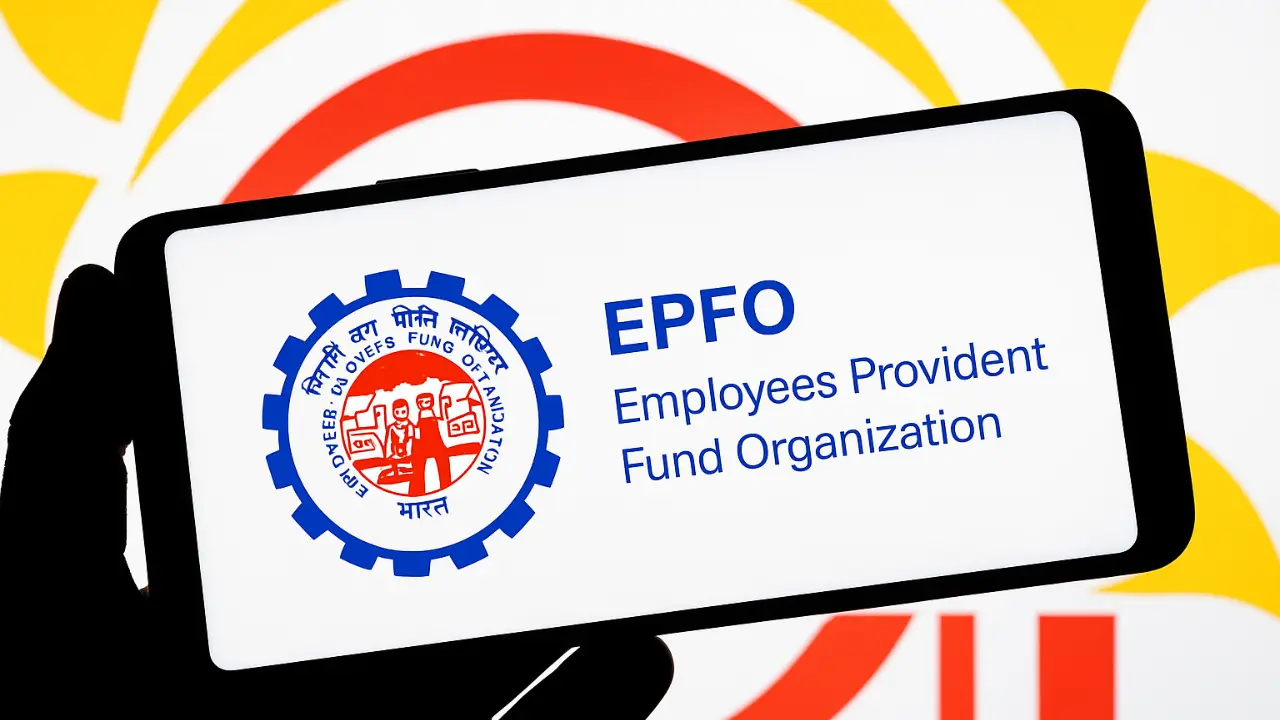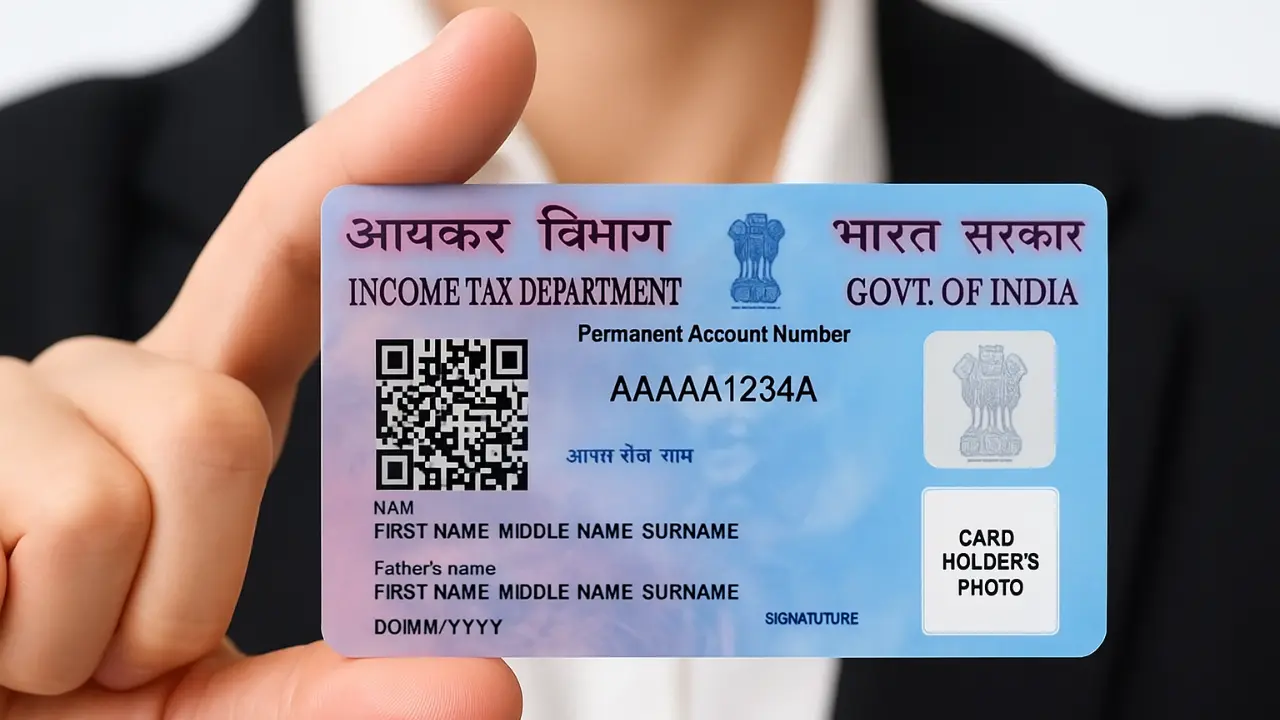With the rise of the New Tax Regime introduced by the Indian government, taxpayers are looking for investment options that offer safety, stability, and potential tax benefits. Post Office Savings Accounts have emerged as a reliable choice, providing secure returns with government backing. Let’s explore why these accounts can be beneficial under the New Tax Regime.
Understanding Post Office Savings Accounts
The Post Office Savings Account (POSA) is a government-backed savings scheme designed to offer individuals a secure and risk-free way to park their money. It functions similarly to a bank savings account but provides added benefits, including accessibility through India Post’s vast network.
Key Features of Post Office Savings Accounts:
- Minimum Balance Requirement: ₹500 to open an account.
- Interest Rate: Currently, 4.0% per annum, revised quarterly.
- Deposit and Withdrawal: Easy cash withdrawals and deposits across post offices.
- Taxation: Interest up to ₹10,000 is tax-exempt under Section 10(15)(i) of the Income Tax Act, 1961.
- Joint & Minor Accounts: Available for individuals, joint account holders, and minors.
How Post Office Savings Accounts Fit in the New Tax Regime
The New Tax Regime (FY 2025-26) offers reduced income tax rates but eliminates many deductions and exemptions available under the old regime. While traditional tax-saving options like PPF, NSC, and ELSS lose their tax-deduction advantages under this regime, Post Office Savings Accounts still offer tax-free interest earnings (up to a limit).
Advantages Under the New Tax Regime:
- Guaranteed Returns: Unlike market-linked instruments, POSA provides fixed returns without exposure to volatility.
- Exempted Interest: Interest income up to ₹10,000 is tax-free, making it a hassle-free savings option.
- No Lock-In Period: Unlike other tax-saving schemes, this account allows easy liquidity.
- Government-Backed Security: Since it is backed by the Indian government, there is zero risk of default.
Comparison with Other Savings Options
| Feature | Post Office Savings Account | Fixed Deposits | Public Provident Fund (PPF) |
|---|---|---|---|
| Interest Rate | 4.0% p.a. | 5.5%-7.5% p.a. | 7.1% p.a. |
| Tax Benefit | ₹10,000 tax-free interest | Fully taxable | Tax-free maturity |
| Lock-in Period | None | 5 years (Tax-Saver FD) | 15 years |
| Risk Factor | No risk, govt-backed | Low risk | No risk, govt-backed |
| Liquidity | High | Moderate | Low |
Who Should Opt for a Post Office Savings Account?
A Post Office Savings Account is ideal for individuals who:
- Prefer low-risk savings options.
- Want easy access to funds without a lock-in period.
- Have interest income below ₹10,000 to maximize tax benefits.
- Are senior citizens, homemakers, or individuals with limited income sources.
How to Open a Post Office Savings Account?
Opening a POSA is simple. Here’s the step-by-step process:
- Visit the nearest post office with required documents.
- Fill out the account opening form.
- Submit KYC documents (Aadhaar, PAN card, passport-size photograph, and address proof).
- Deposit the minimum balance of ₹500.
- Get your passbook issued.
Conclusion
With tax benefits, guaranteed returns, and high liquidity, Post Office Savings Accounts are a smart choice under the New Tax Regime. If you are looking for a risk-free and flexible savings option, this could be the perfect fit for your financial planning.
Read Also: Post Office New Saving Schemes 2025 – Latest Interest Rates & Benefits


















